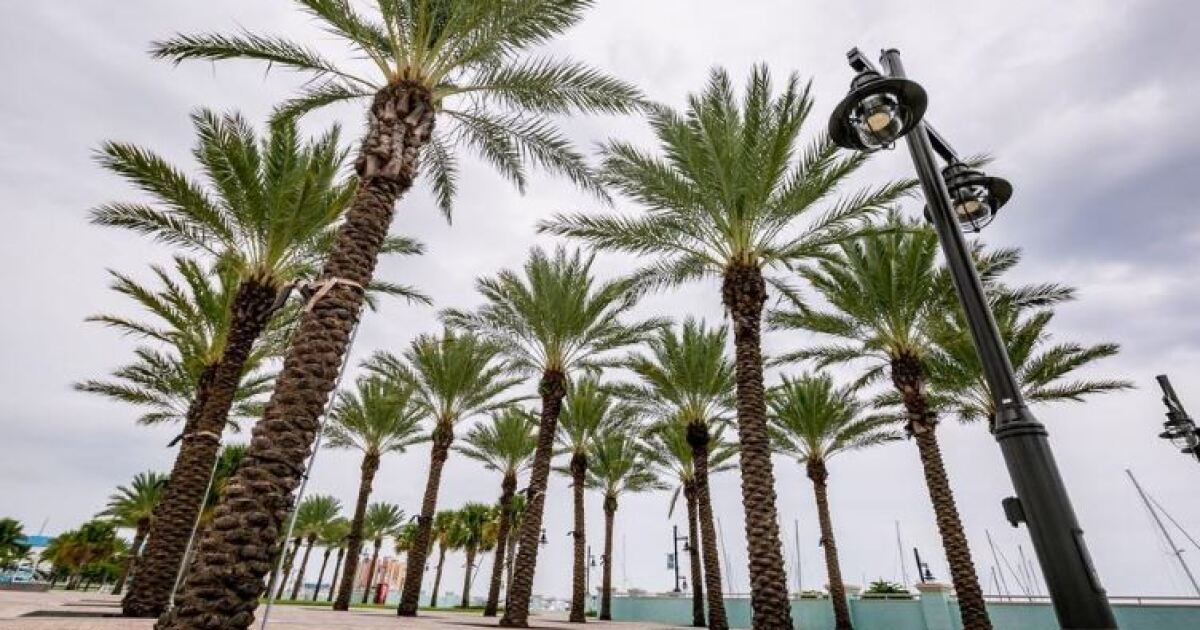lpetrich
Contributor
AOC's Green New Deal for Public Housing - not sure how much of it got into the recent infrastructure and budget bills, the $1T and $3.5T ones.
Rep. Alexandria Ocasio-Cortez on Twitter: "The Green New Deal for Public Housing would: ..." / Twitter
Rep. Alexandria Ocasio-Cortez on Twitter: "The Green New Deal for Public Housing would: ..." / Twitter
I like AOC's use of emojis in her tweets.The Green New Deal for Public Housing would:
Improve living conditions for nearly 2 million
Lower utility costs, reducing energy bills up to 70%
Dramatically reduce lead poisoning, unsafe drinking water & air pollution
Create 240k good-paying, union jobs
Today, we're reintroducing the Green New Deal for Public Housing because --- with millions on the brink of eviction, millions under/unemployed, and with a coming climate crisis -- investing in our housing infrastructure has never been more important.
The Green New Deal for Public Housing was one of the first bills to take the three core elements of the GND resolution - jobs*
, justice
and decarbonization
- and put it into bill text.
This week we'll be adding two new bills to the GND family, so stay tuned!

